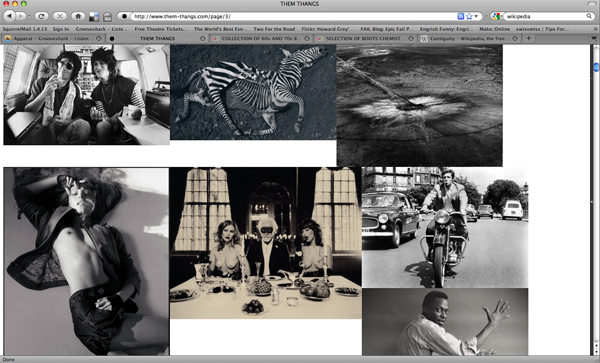After writing this post I found a Ted video of Monbiot explaining what I wanted to in a much better way. So you could watch that instead.
I’ve just finished reading Feral by George Monbiot. It’s an articulate, intoxicating and inspirational read even if points are, at times, a little simplistically or evangelically argued. He advocates for rewilding as a method of more holistic conservation than simply maintaining what already exists. He argues passionately for how this could create a more imaginative, thrilling, economically and ecologically advantageous environment.
There were two particular ideas which I’d not come across before that seemed so logical and exciting that I wanted to write them here to remember:
The first is Shifting Baseline Syndrome. This is what happens when conservationists (or policy makers or whoever), seek to effect a change to put something back to the way it was, believing that this ‘before state’, is not just an acceptable scenario, but that it’s the best it could be. Monbiot uses fishing as an example of how people’s reference points move. Current fish stocks are being measured against their 1970s population, this however, is already a substantially reduced position and doesn’t provide a good reference point for the best case scenario, (which for fish populations was sometime before modern commercial fishing technology got involved).
The second is the idea of Trophic Cascade. When deer graze they eat and kill lots of saplings and would-be trees that don’t get a chance to grow. You end up with treeless grasslands, or similar monocultures that don’t provide the kinds of habitats that encourage a diverse flora and fauna. This is not good as trees are brilliant for everything it seems – from creating better soil conditions, to providing dead wood habitats for thousands of creatures, and helping to prevent flooding by helping with soil erosion and rain run-off. This situation has arisen over decades of human influence that’s squeezed out top of the food chain predators. What happens when you reintroduce these predators (think wolves, lynx etc.) is that the browsing animals begin to get eaten and so are reduced in number, limiting their effect. But the more interesting thing is that it alters their behaviour and how they eat. Rather than being allowed free reign the deer are more cautious, and so don’t hang around the river where they are in the open and are easy prey. This allows plants that would have previously been eaten to grow up around the river, leaves fall into it, which increases the ecology of the river and also provides shade. All these factors encourage shrimpy creatures and subsequently the eels etc. that prey on them. So everything is connected and can be altered by relatively smallish tweeks at the top of the ecological cascade.
This reintroduction of predators is currently being played out in Wales where they’re looking for people to let Lynx on their land.
And if that’s not far enough the Long Now project: Revive and Restore is looking to take extinct species (so completely gone, dead and not here anymore), and using Jurassic Park style technology genetically modify and selectively breed back a range of animals. Their key specimen being a Woolly Mammoth! Brilliant talk by Stewart Brand about this here.































